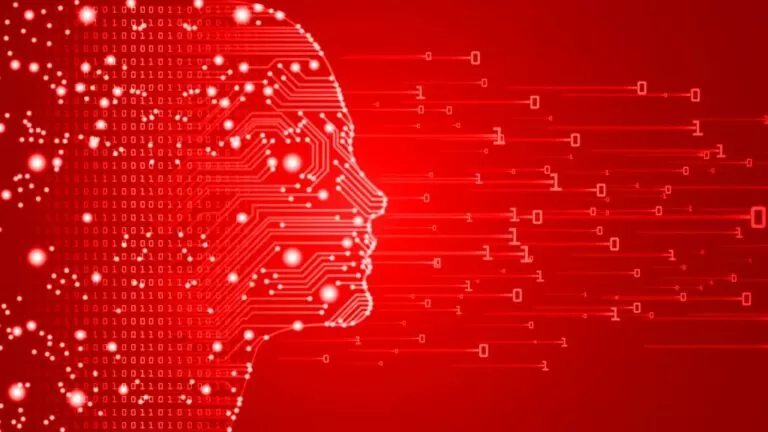
Before reading this article we recommend that you read What is the Data Science, what it does and with what objectives
A machine animated by a machine learning algorithm, before entering service, underwent a learning phase, that is learning, better known as training. In this phase the machine studies the historical data made available.
Before going into the merits of machine learning, and the differences between classical programming and machine learning, let's see an example that will surely help us understand better.
Suppose we communicate to one of our programs information relating to travel times on the motorway in the best traffic conditions, to instruct an algorithm capable of responding to us as if it were a voice assistant.
For each path we will communicate the following information to the algorithm:
Then through voice assistant we will go to tell the machine:
As we have communicated the data via voice assistant, our program will feed a table of this type:
Eventually if our machine were animated by a machine learning algorithm, it will have learned from the information provided, and thus predict a result in the form of travel time. We can therefore ask a question to our program: "from Turin to Milan with 1000 cars and diesel ... how long does it take?"
The example is inaccurate, but rather realistic. But it helps to summarize the purpose of Machine Learning.
Taking a cue from the example, let's try to see the difference between classical programming and Machine Learning.
Traditionally, the programmer who writes classic code must:
Then the intelligence of the human is used to write the program code that can solve the problem.
In this case, the programmer will have to think of a system for storing and structuring the information received. Subsequently, when the operator of the application, written with classical programming, asks the question, the machine will respond with the closest known information, more similar to that stored.
In machine learning, it is theartificial intelligence of the program able to study the historical data, to create the model to be applied to solve the problem, and finally the machine makes the model available to the programmer.
In a machine animated by machine learning, the program learns by itself to predict travel times because before entering service the machine has undergone a learning phase. Then the machine has learned to respond with the most reasonable information, closest to reality based on the logic dictated and interpreted by the model.
In machine learning, the model becomes the heart of the process. Once generated and educated, it can be kept available. Each new query with new data, of the same format as those used for training, will produce a new result.
The role of the Data Scientist changes slightly, that is, he will have to accompany the program to the generation of the model, through the training phase. To do this he will take care of choosing strategies, planning objectives, preparing the data and above all testing the model to verify its effectiveness as well as any possibility of improvement.
This process could be iterated, repeated several times with the aim of adding improved and real elements, to each iteration. In this way you can get closer to the optimal solution for subsequent steps, improving the training, improving the test, and therefore the machine.
The ultimate goal is always to create a model that knows historical data, understands its logic and patterns, and is therefore able to predict the outcome of future situations.
Ercole Palmeri: Innovation addicted
Last Monday, the Financial Times announced a deal with OpenAI. FT licenses its world-class journalism…
Millions of people pay for streaming services, paying monthly subscription fees. It is common opinion that you…
Coveware by Veeam will continue to provide cyber extortion incident response services. Coveware will offer forensics and remediation capabilities…
Predictive maintenance is revolutionizing the oil & gas sector, with an innovative and proactive approach to plant management.…